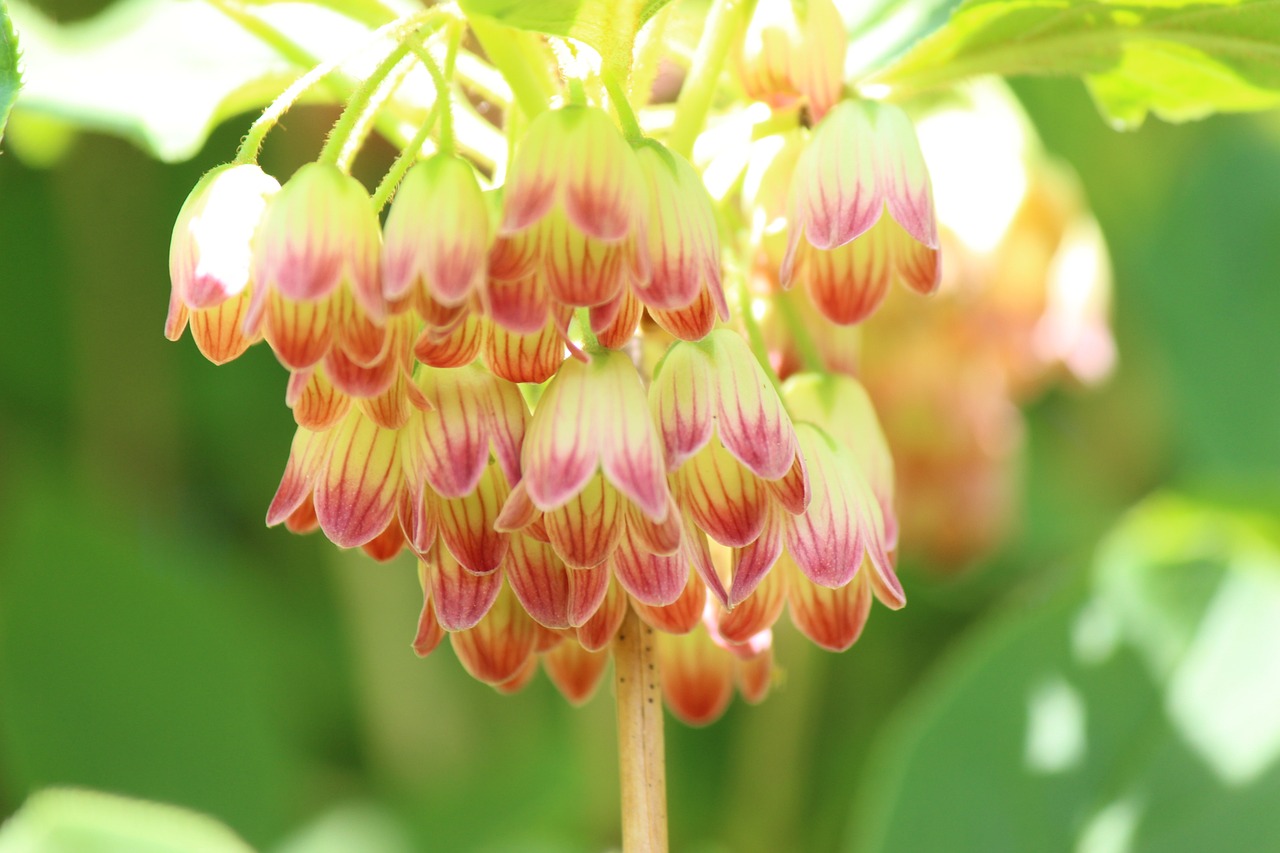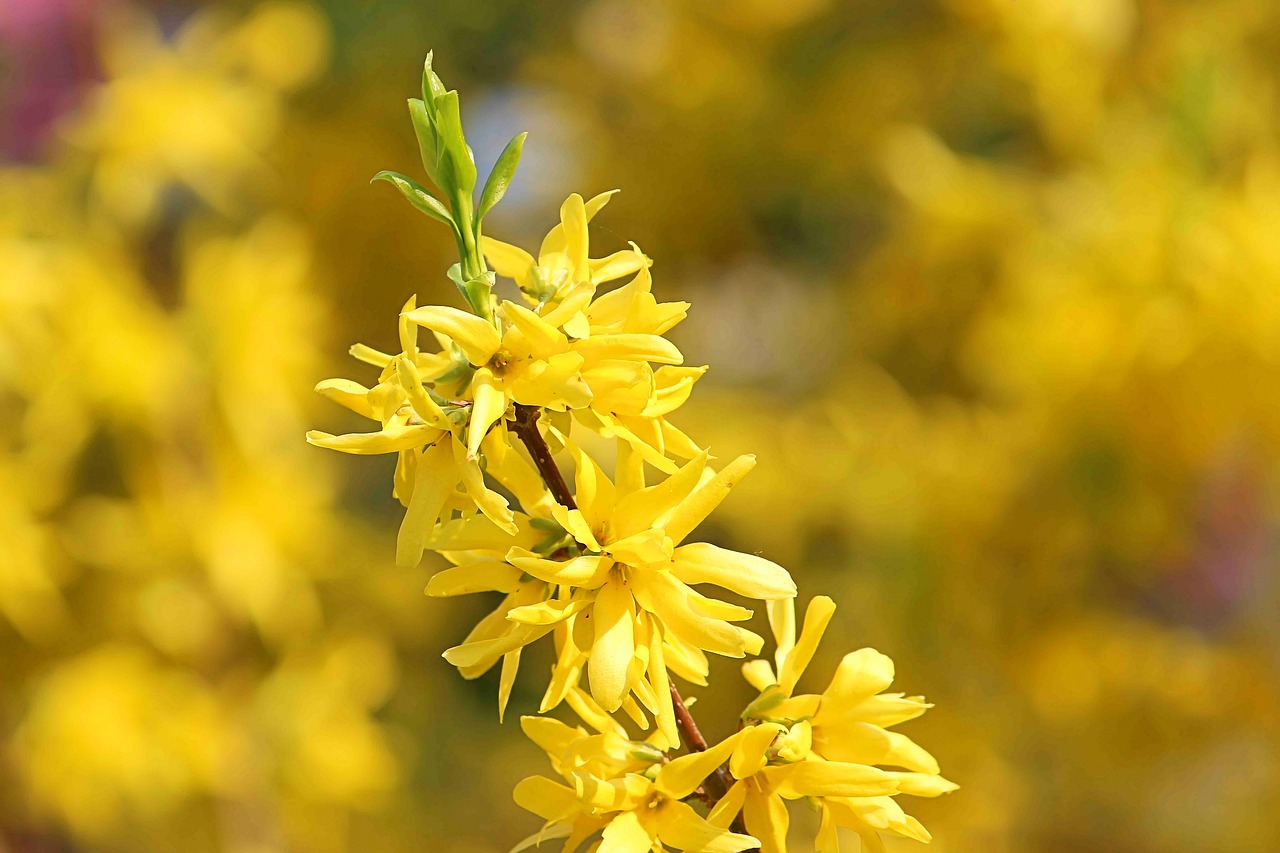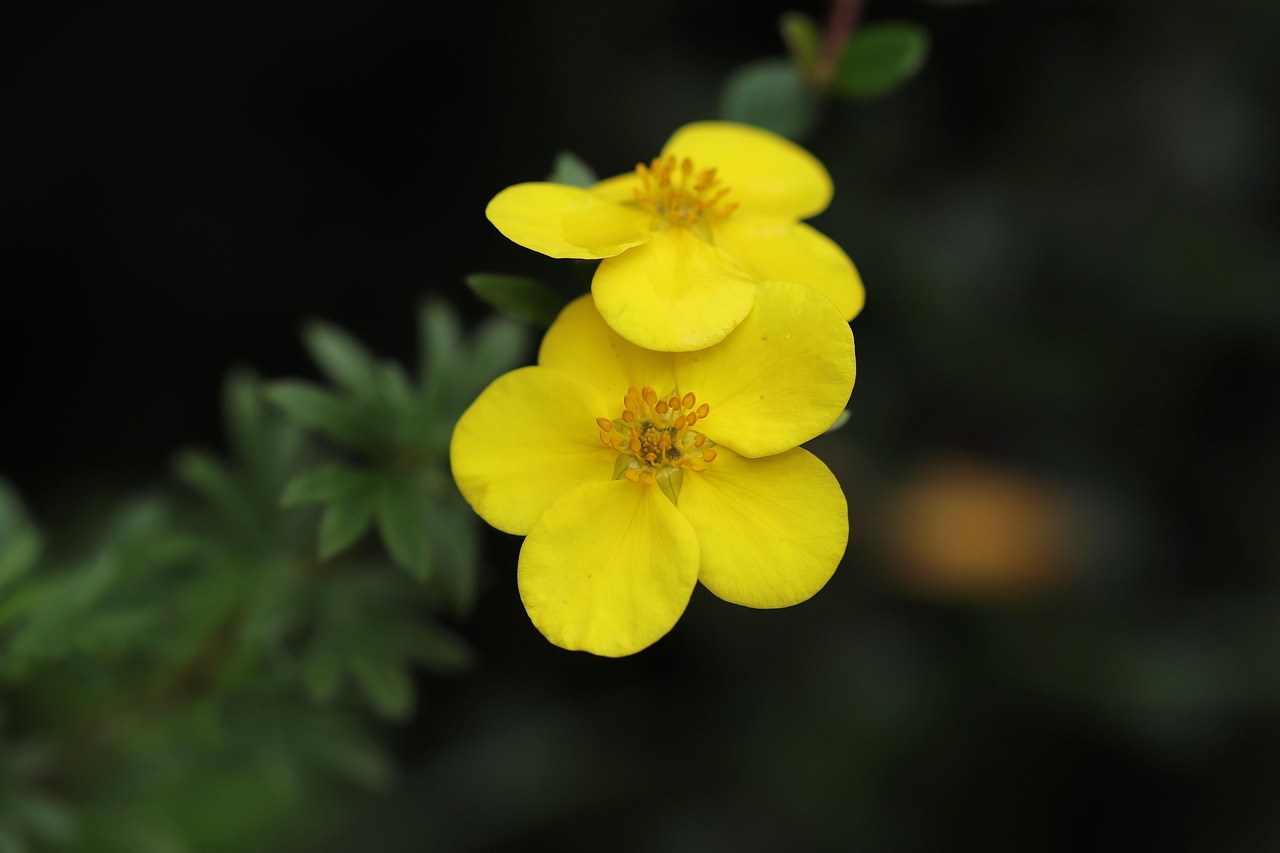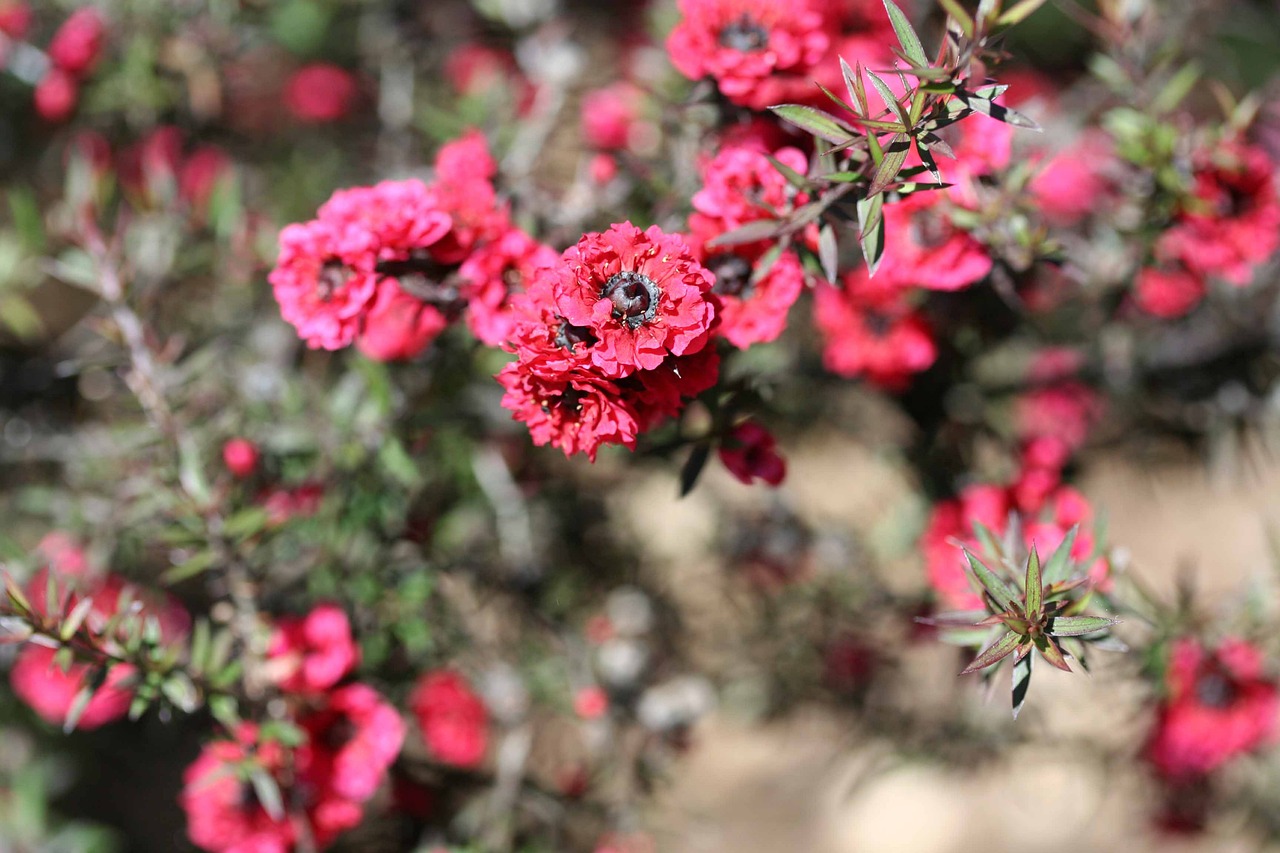Pyracantha | Bright Orange Berries Illuminating the Winter Gardens of Europe
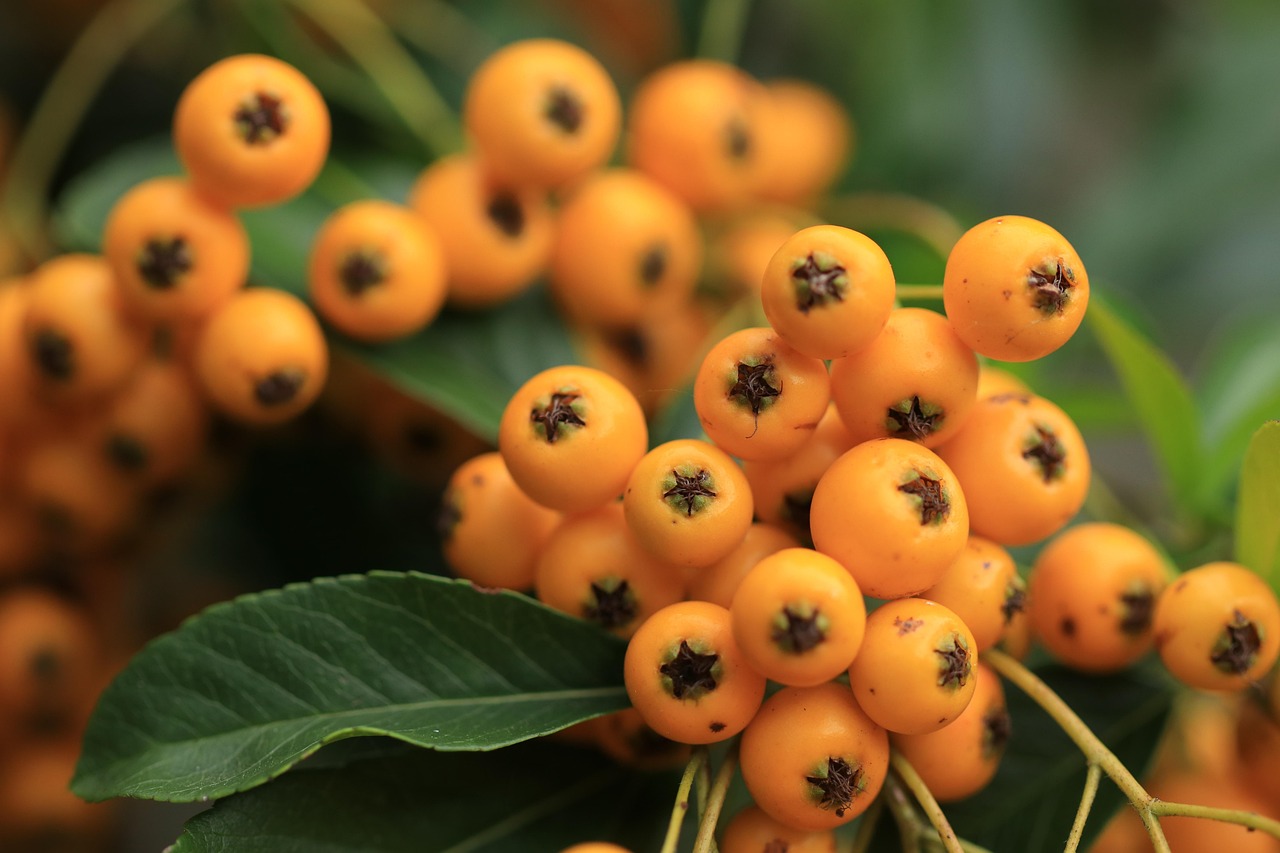
Pyracantha is a hardy shrub that bears vibrant fruits from autumn through winter.
With its finely branched stems producing clusters of small flowers, followed by striking red and orange berries, it is highly valued as an ornamental plant and is often used in gardens and hedges.
In this article, I will provide detailed information about pyracantha, including its basic characteristics, cultural and historical background, and practical advice for cultivation.
Basic Information
- Scientific name: Pyracantha angustifolia
- Family: Rosaceae
- Origin: Western China, Himalayan region
- Appearance: The plant is armed with sharp thorns and has narrow, dark-green leaves. In spring, clusters of small white flowers bloom, followed by red and orange fruits in autumn and winter.
- Flowering season: Spring (May–June)
- Fruiting season: Autumn to winter (October–January)
Cultural Significance Around the World
Pyracantha, with its vivid fruits and sharp thorns, has held symbolic meaning in many cultures.
In China, it has traditionally been planted around gardens and houses as a protective plant against misfortune and intrusion. Its red fruits are regarded as auspicious and are cherished as ornamental elements that brighten winter landscapes.
In Europe, pyracantha has been widely used for hedges. Its dense branches and sharp thorns serve as a natural barrier, earning it the name “living wall.” The abundant fruits also provide food for wild birds during winter, making it an important part of garden ecosystems.
In Japan, it is often planted in parks and gardens for ornamental purposes. Its resilience also makes it suitable as a windbreak or a natural screen for privacy.
Historical Background
Pyracantha was introduced from China to Europe in the 19th century. Thanks to its hardiness and ornamental value, it quickly spread.
In Britain, it became a popular element of Victorian garden design, particularly as a hedge plant.
In the United States, it was introduced in the early 20th century, appreciated both for its fruits and its protective function, and became common in urban gardens and parks.
Although its fruits are not edible, their striking color has made the plant a favorite feature in landscape design, particularly for brightening winter scenery.
Gardening Advice
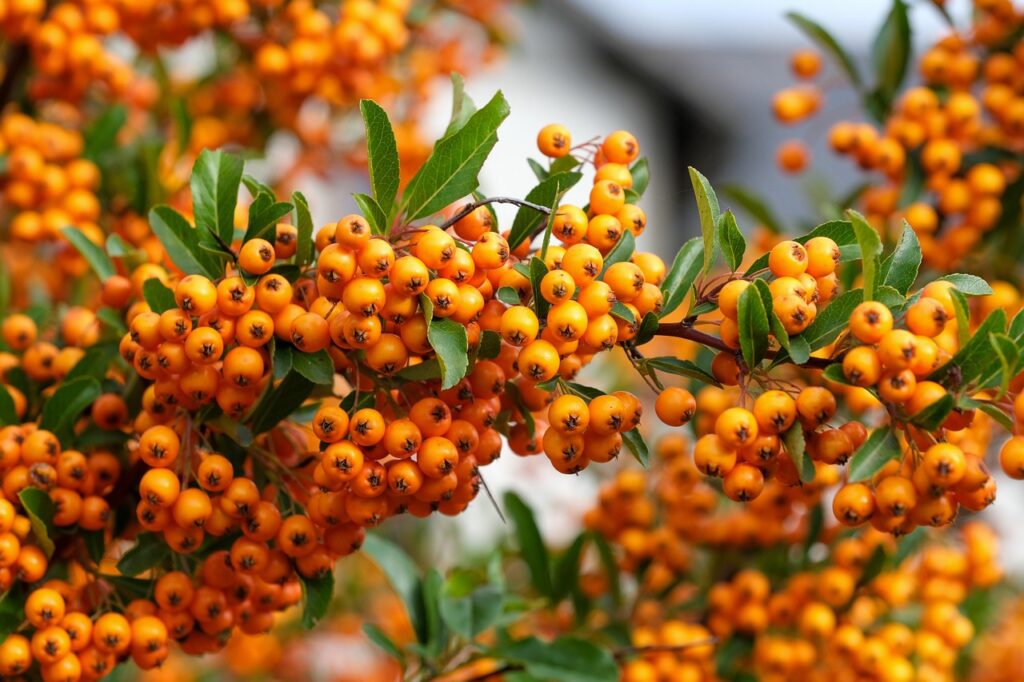
Pyracantha is a hardy and relatively easy plant to grow, but proper care is essential for abundant fruiting.
Sunlight
Prefers full sun, but tolerates partial shade. Poor fruit coloration may occur in insufficient light.
Watering
Drought-tolerant, but newly planted shrubs require consistent watering. Established plants often thrive with rainfall alone, though potted plants need watering when the soil dries out.
Soil
Prefers well-drained, moderately fertile soil. Heavy clay should be improved with compost or sand for better drainage.
Fertilizer
Apply slow-release fertilizer during the growing season (spring to summer). Phosphorus and potassium help promote flowering and fruiting.
Pruning
Prune after flowering in spring to shape the plant. Avoid pruning in autumn, as it reduces the fruit yield.
Cold resistance
Generally hardy. In colder regions, mulch around the base to protect roots from frost.
Conclusion
Pyracantha is a beautiful shrub that produces delicate white blossoms in spring, followed by vibrant berries in autumn and winter.
In China, it has long been valued for protection and good fortune, while in Europe it became known as a “living wall” hedge. Introduced to Europe in the 19th century and to the United States in the 20th century, it quickly gained popularity for both its resilience and ornamental qualities.
With proper pruning and care, pyracantha can thrive in any garden, bringing life and color to winter landscapes. I encourage you to consider adding this remarkable shrub to your own garden.

